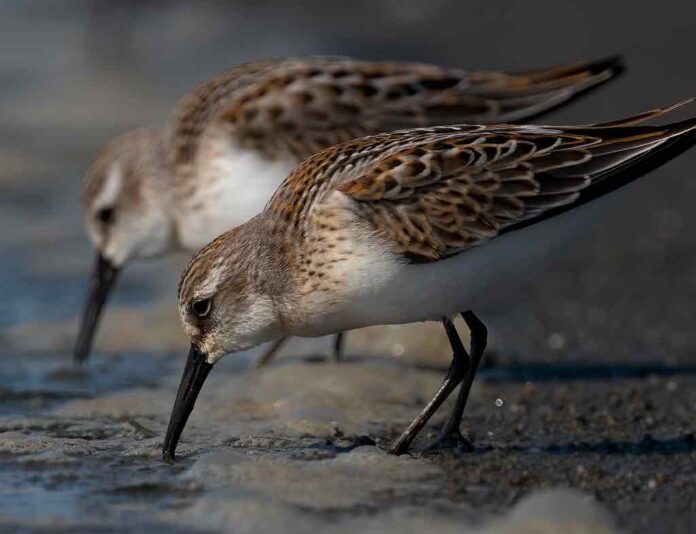
Fascinating World of Shorebirds, also known as waders, comprise a diverse group of bird species found along coastlines, wetlands, and shorelines worldwide. These birds exhibit unique adaptations that allow them to thrive in dynamic coastal environments.
Table of Contents
1. Anatomy and Characteristics
Shorebirds are characterized by their long legs, slender bodies, and elongated bills, which are perfectly suited for probing and capturing prey in the sand and mud. Their plumage varies widely, ranging from cryptic patterns for camouflage to vibrant colours for courtship displays.
2. Habitat and Distribution
Fascinating World of Shorebirds inhabit a variety of ecosystems, including beaches, mudflats, marshes, and estuaries. They can be found on every continent except Antarctica, with some species undertaking remarkable migrations spanning thousands of miles.
3. Feeding Behaviour
Feeding primarily on invertebrates such as worms, crustaceans, and molluscs, shorebirds employ a range of foraging techniques, including probing, pecking, and probing in shallow water or mud.
4. Breeding and Nesting
During the breeding season, many shorebird species migrate to northern latitudes to establish nesting territories. They typically construct simple nests on the ground, often in secluded areas among vegetation or on rocky outcrops.
5. Migration Patterns
Fascinating World of Shorebirds are renowned for their remarkable migratory journeys, with some species travelling from their breeding grounds in the Arctic to their wintering areas in the Southern Hemisphere. These migrations are driven by seasonal changes in food availability and environmental conditions.
6. Conservation Status
Despite their adaptability, many shorebird species face significant threats due to habitat loss, pollution, climate change, and disturbance from human activities. Conservation efforts focus on protecting critical habitats, implementing sustainable management practices, and raising awareness about the importance of preserving shorebird populations.

7. Importance in Ecosystems
Shorebirds play crucial roles in coastal ecosystems as indicators of environmental health and contributors to nutrient cycling. Their foraging activities help aerate and mix sediments, promoting the growth of microorganisms and supporting the overall productivity of coastal habitats.
8. Popular Fascinating World of Shorebirds Species
Several iconic shorebird species attract birdwatchers and nature enthusiasts worldwide. From the elegant American Avocet to the charismatic Sanderling, each species offers unique opportunities for observation and appreciation.
Protecting Wildlife for a Healthy Planet: A Comprehensive Guide
Fascinating World of Shorebirds












